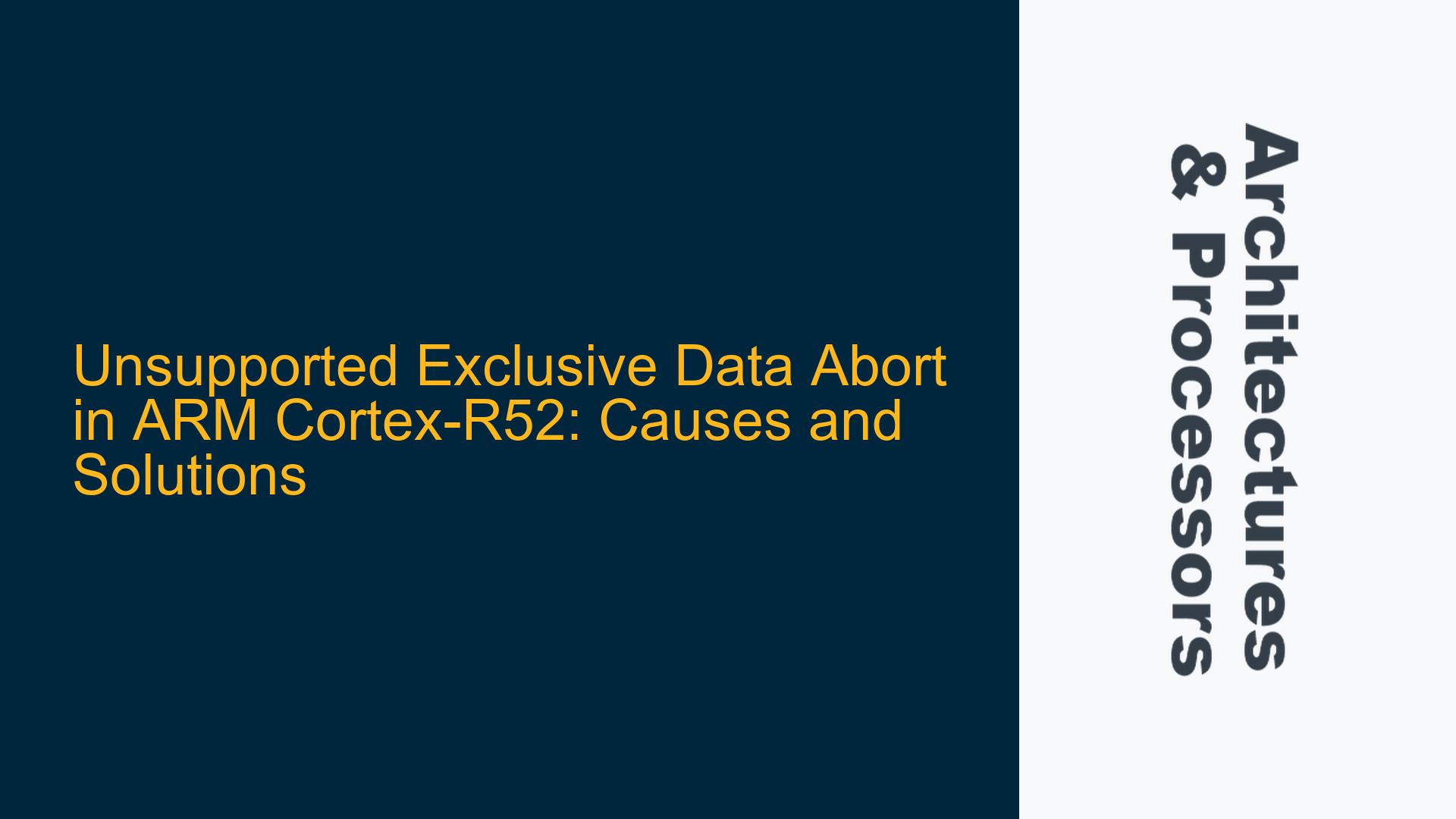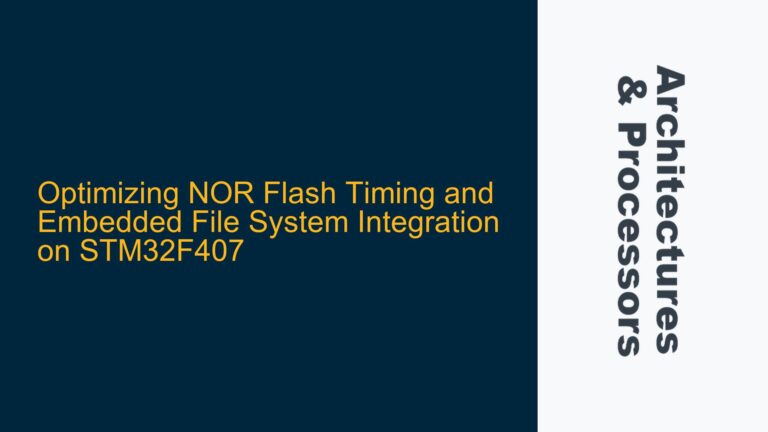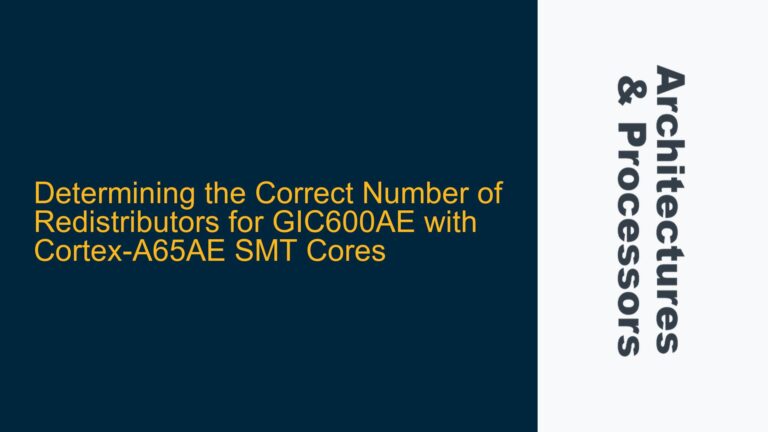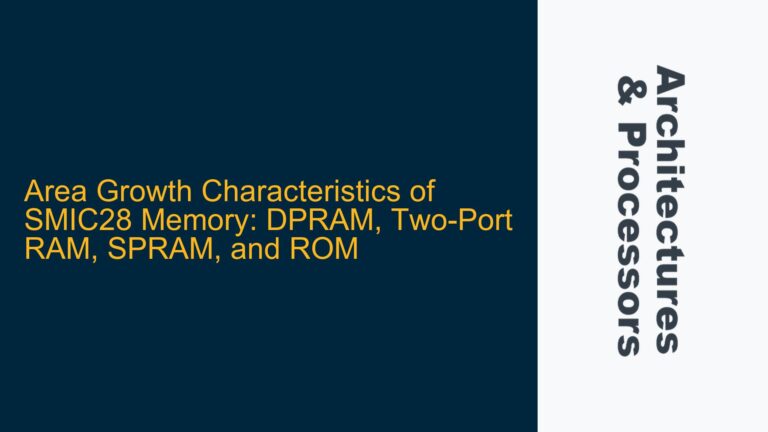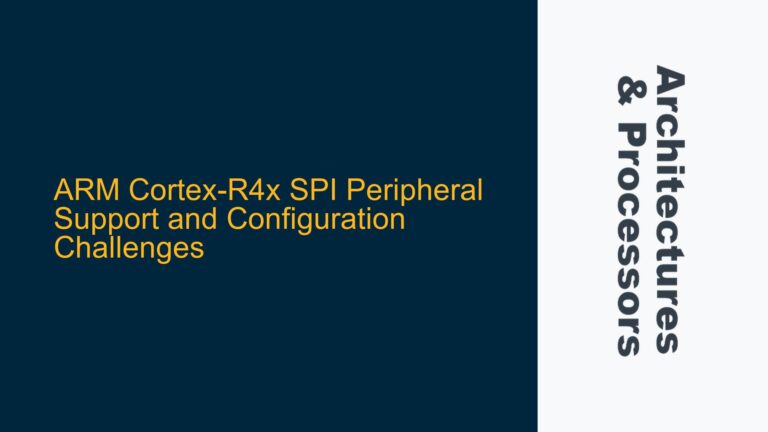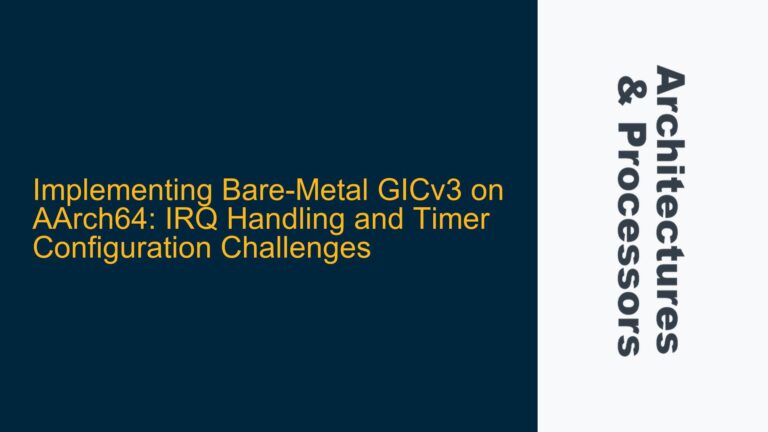ARM Cortex-R52 Exclusive Access Logic and Data Abort Triggers
The ARM Cortex-R52 processor, designed for real-time and safety-critical applications, implements a sophisticated memory access mechanism that includes support for exclusive load/store operations. These operations are crucial for implementing atomic operations in multi-core or multi-threaded environments. However, the Cortex-R52 can raise an "Unsupported Exclusive Data Abort" exception under specific conditions, which can be challenging to diagnose and resolve.
Exclusive access operations in ARM architectures are designed to facilitate atomic memory updates without requiring a full lock mechanism. The processor uses a global monitor to track exclusive load/store operations, ensuring that the memory location being accessed is not modified by another process or core between the load and store operations. When an exclusive store operation is attempted, the global monitor checks if the memory location has been modified since the corresponding exclusive load. If the location has been modified, the store operation fails, and the processor may raise an exception.
In the Cortex-R52, the "Unsupported Exclusive Data Abort" exception is raised when the processor detects that the exclusive access logic is not implemented or is not functioning as expected. This can occur due to several reasons, including incorrect configuration of the global monitor, issues with the AXI bus protocol, or internal CPU logic errors. The ARMv8-A architecture reference manual describes this exception as "implementation defined," meaning that the exact conditions under which it is raised can vary depending on the specific implementation of the processor.
Understanding the conditions that trigger this exception requires a deep dive into the Cortex-R52’s internal logic and the ARMv8-A architecture. The Cortex-R52’s global monitor is responsible for tracking exclusive accesses to both private and external memory resources. If the global monitor is not properly configured or if the external memory controller does not support exclusive access operations, the processor may raise an "Unsupported Exclusive Data Abort" exception. Additionally, the Cortex-R52’s internal logic may raise this exception if it detects that the exclusive access logic is not implemented or is not functioning correctly.
Memory Controller Configuration and Global Monitor Implementation
The "Unsupported Exclusive Data Abort" exception in the ARM Cortex-R52 can be caused by several factors related to the memory controller configuration and the implementation of the global monitor. One of the primary causes is the incorrect configuration of the global monitor, which is responsible for tracking exclusive load/store operations. If the global monitor is not properly initialized or configured, it may fail to track exclusive accesses correctly, leading to the exception.
Another potential cause is the lack of support for exclusive access operations in the external memory controller. The Cortex-R52 relies on the AXI bus protocol to communicate with external memory controllers. If the memory controller does not support exclusive access operations or does not implement the necessary logic to respond to exclusive load/store requests, the processor may raise an "Unsupported Exclusive Data Abort" exception. This is particularly relevant in systems where the memory controller is not designed to handle exclusive access operations, such as in legacy systems or systems with custom memory controllers.
The Cortex-R52’s internal logic may also raise the "Unsupported Exclusive Data Abort" exception if it detects that the exclusive access logic is not implemented or is not functioning correctly. This can occur due to errors in the processor’s microarchitecture or due to issues with the firmware or software running on the processor. For example, if the firmware does not properly initialize the global monitor or if the software attempts to perform exclusive access operations on memory regions that do not support them, the processor may raise the exception.
In addition to these causes, the "Unsupported Exclusive Data Abort" exception can also be triggered by issues with the AXI bus protocol. The AXI bus protocol defines the signaling and timing requirements for exclusive load/store operations. If the AXI bus does not adhere to these requirements or if there are timing violations, the processor may raise the exception. This can occur due to issues with the bus arbitration, clock domain crossings, or signal integrity problems.
Diagnosing and Resolving Exclusive Access Logic Issues
Diagnosing and resolving the "Unsupported Exclusive Data Abort" exception in the ARM Cortex-R52 requires a systematic approach that involves verifying the configuration of the global monitor, ensuring that the external memory controller supports exclusive access operations, and checking for issues with the AXI bus protocol. The following steps outline a comprehensive troubleshooting process for identifying and resolving the root cause of the exception.
The first step in diagnosing the issue is to verify the configuration of the global monitor. The global monitor must be properly initialized and configured to track exclusive load/store operations. This involves checking the processor’s configuration registers to ensure that the global monitor is enabled and that the necessary memory regions are configured to support exclusive access operations. If the global monitor is not properly configured, the processor may raise the "Unsupported Exclusive Data Abort" exception.
The next step is to ensure that the external memory controller supports exclusive access operations. This involves reviewing the memory controller’s documentation to verify that it implements the necessary logic to respond to exclusive load/store requests. If the memory controller does not support exclusive access operations, it may be necessary to modify the memory controller’s configuration or to use a different memory controller that supports exclusive access operations. In some cases, it may be possible to implement a workaround by using software-based atomic operations instead of hardware-based exclusive access operations.
Once the global monitor and memory controller configurations have been verified, the next step is to check for issues with the AXI bus protocol. This involves analyzing the AXI bus signals to ensure that they adhere to the protocol’s signaling and timing requirements. This can be done using a logic analyzer or a protocol analyzer to capture and analyze the AXI bus transactions. If there are timing violations or signal integrity issues, it may be necessary to adjust the bus arbitration settings, improve the signal integrity, or modify the clock domain crossing logic.
In addition to these steps, it is also important to review the firmware and software running on the Cortex-R52 to ensure that they do not attempt to perform exclusive access operations on memory regions that do not support them. This involves reviewing the code to identify any instances where exclusive load/store operations are performed and verifying that the memory regions being accessed support exclusive access operations. If the code attempts to perform exclusive access operations on unsupported memory regions, it may be necessary to modify the code to use alternative synchronization mechanisms.
Finally, if the issue persists after verifying the global monitor configuration, memory controller support, and AXI bus protocol, it may be necessary to consult the processor’s documentation or contact ARM support for further assistance. The Cortex-R52’s internal logic may raise the "Unsupported Exclusive Data Abort" exception due to errors in the processor’s microarchitecture or due to issues with the firmware or software running on the processor. In such cases, it may be necessary to update the processor’s firmware or to modify the software to avoid triggering the exception.
In conclusion, the "Unsupported Exclusive Data Abort" exception in the ARM Cortex-R52 can be caused by several factors related to the configuration of the global monitor, the support for exclusive access operations in the external memory controller, and issues with the AXI bus protocol. Diagnosing and resolving the issue requires a systematic approach that involves verifying the global monitor configuration, ensuring that the memory controller supports exclusive access operations, and checking for issues with the AXI bus protocol. By following these steps, it is possible to identify and resolve the root cause of the exception, ensuring reliable and efficient operation of the Cortex-R52 processor in real-time and safety-critical applications.
